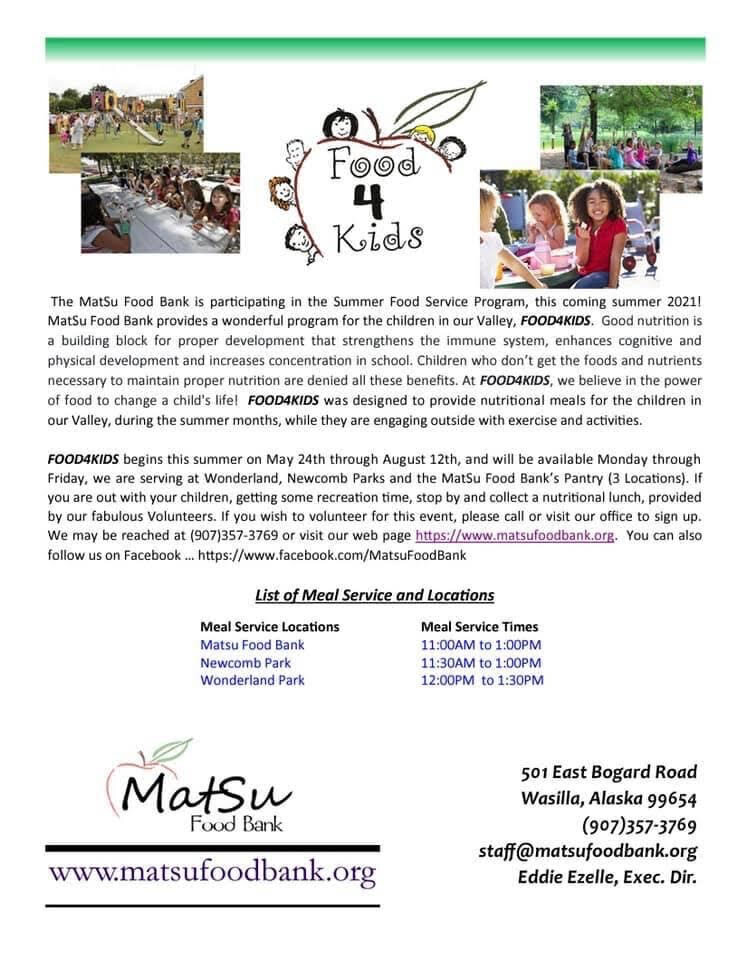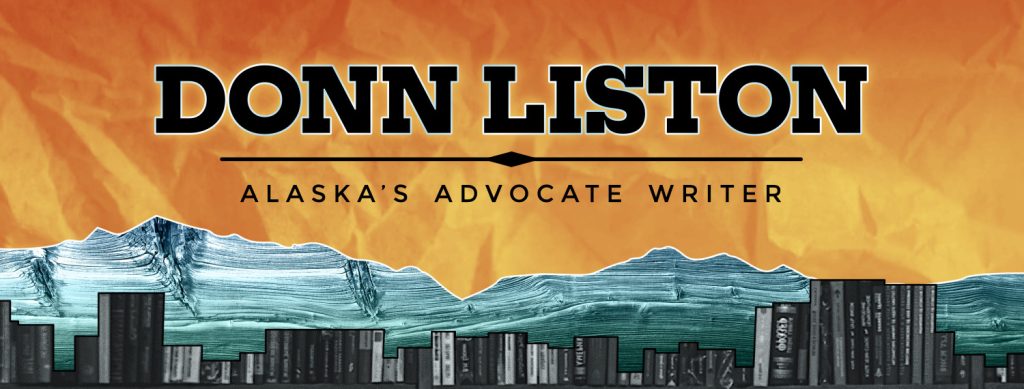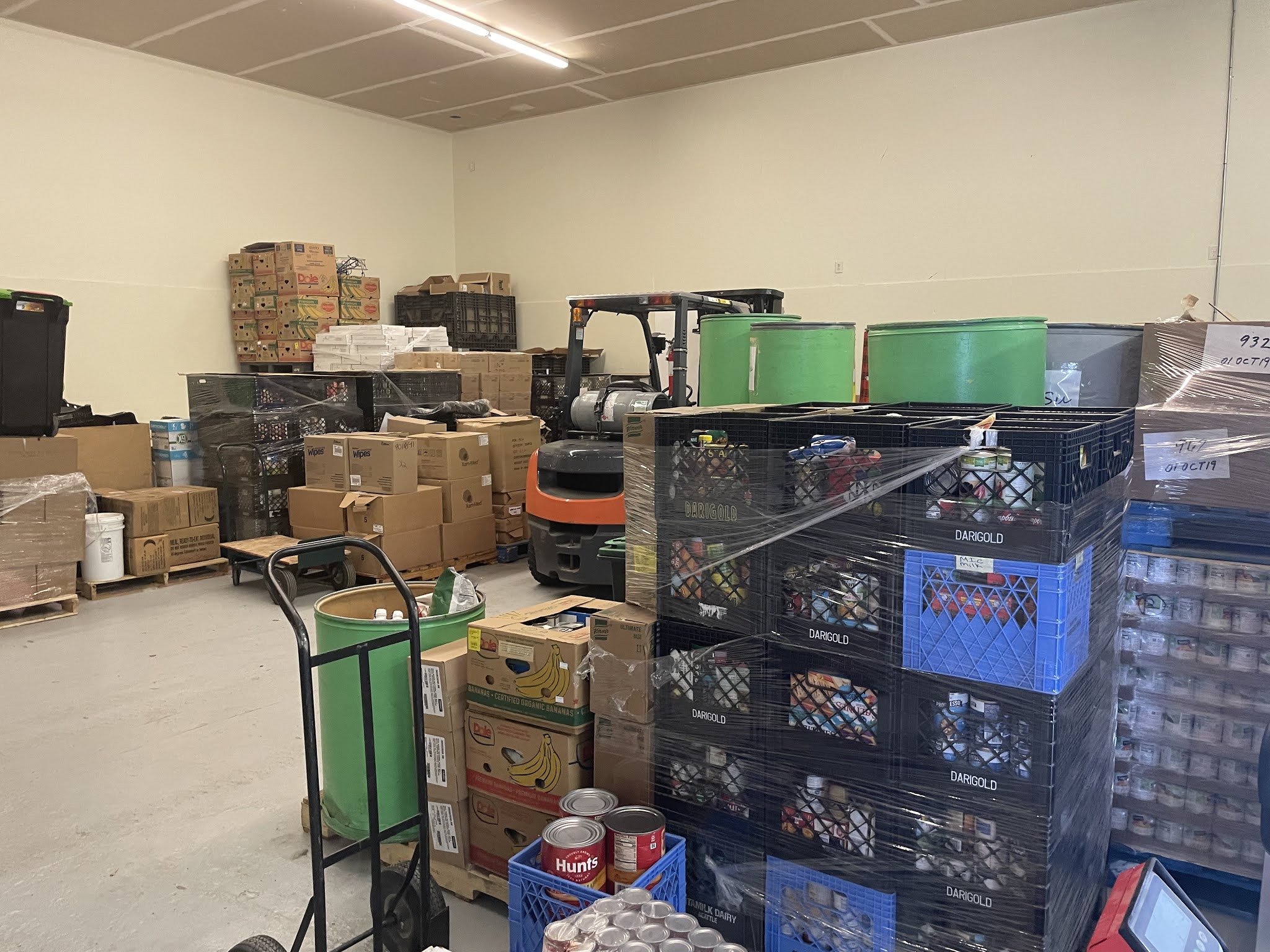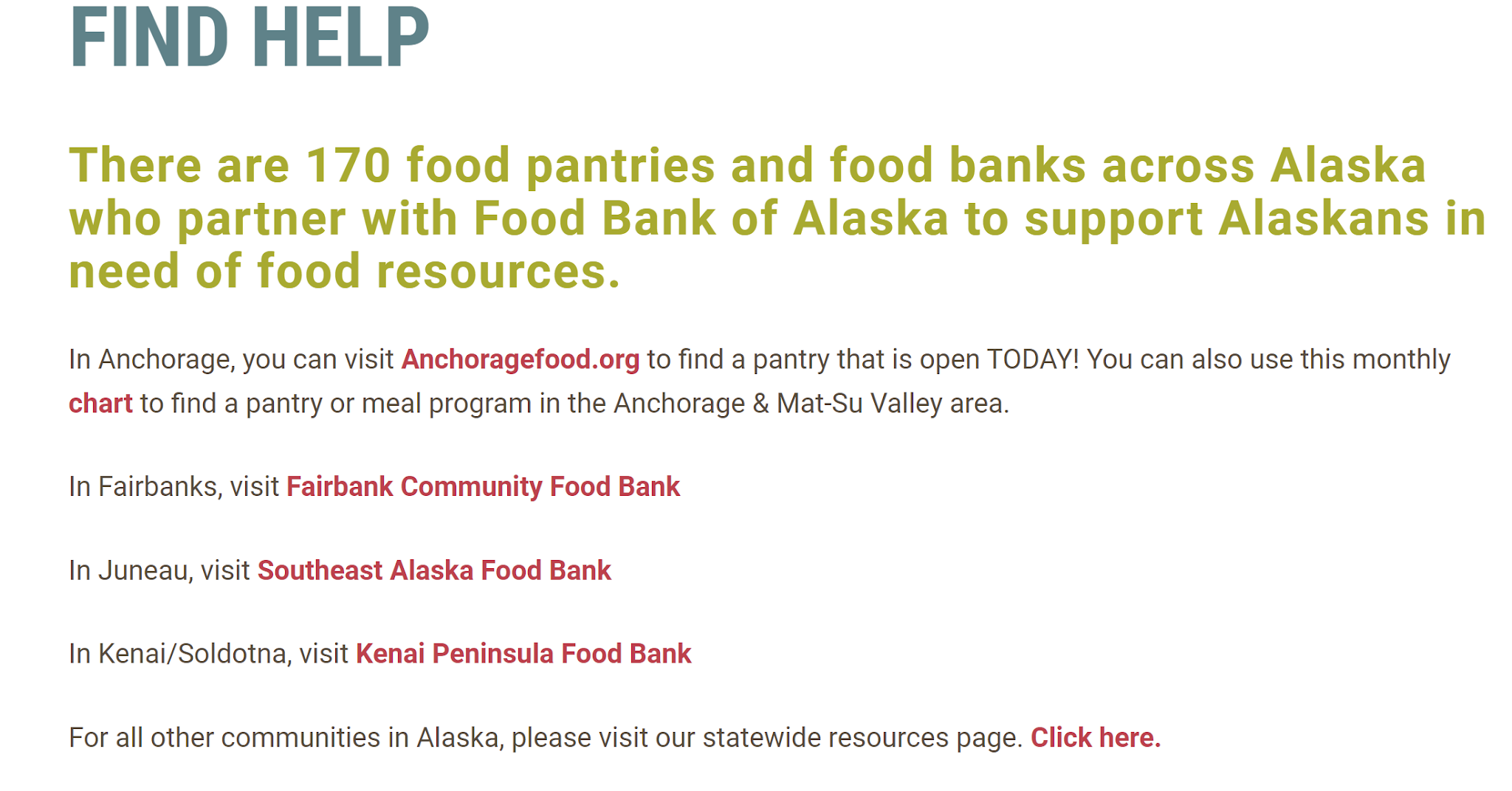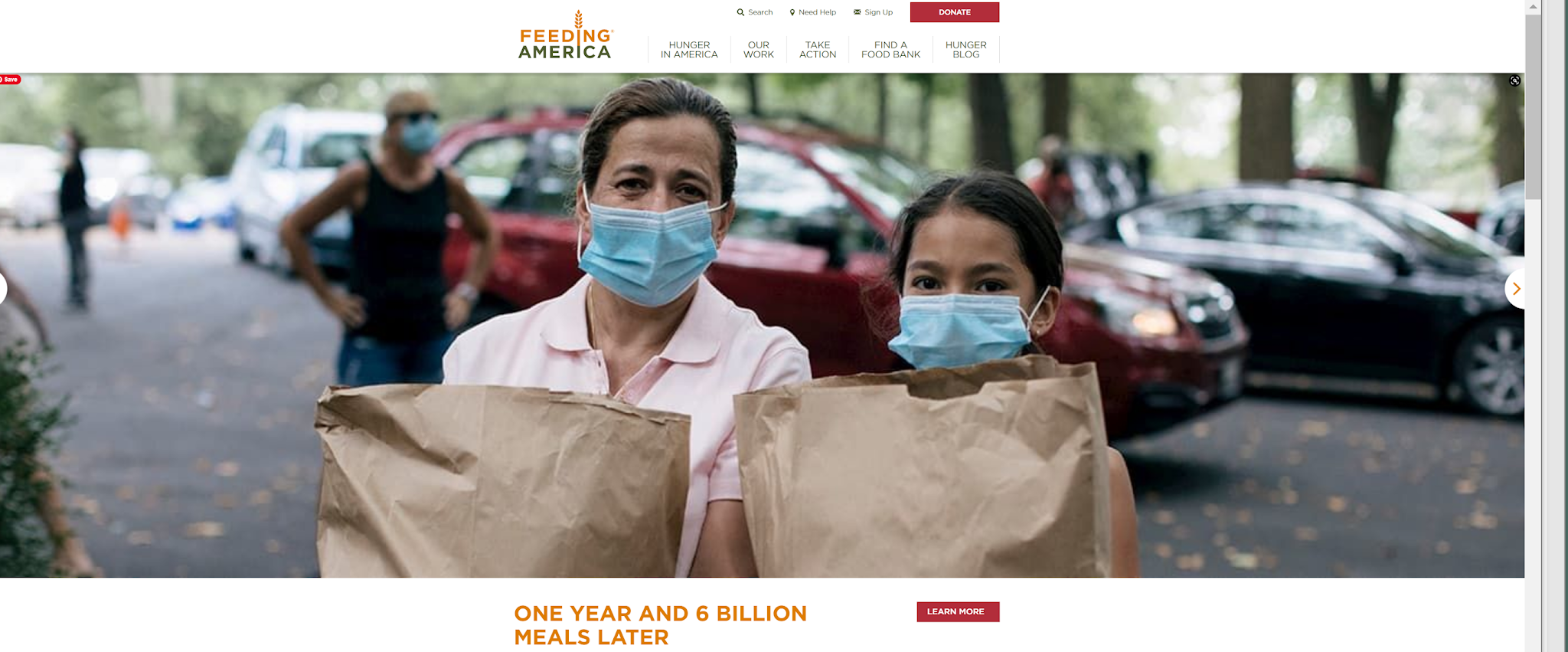MatSu Food Bank Builds Community
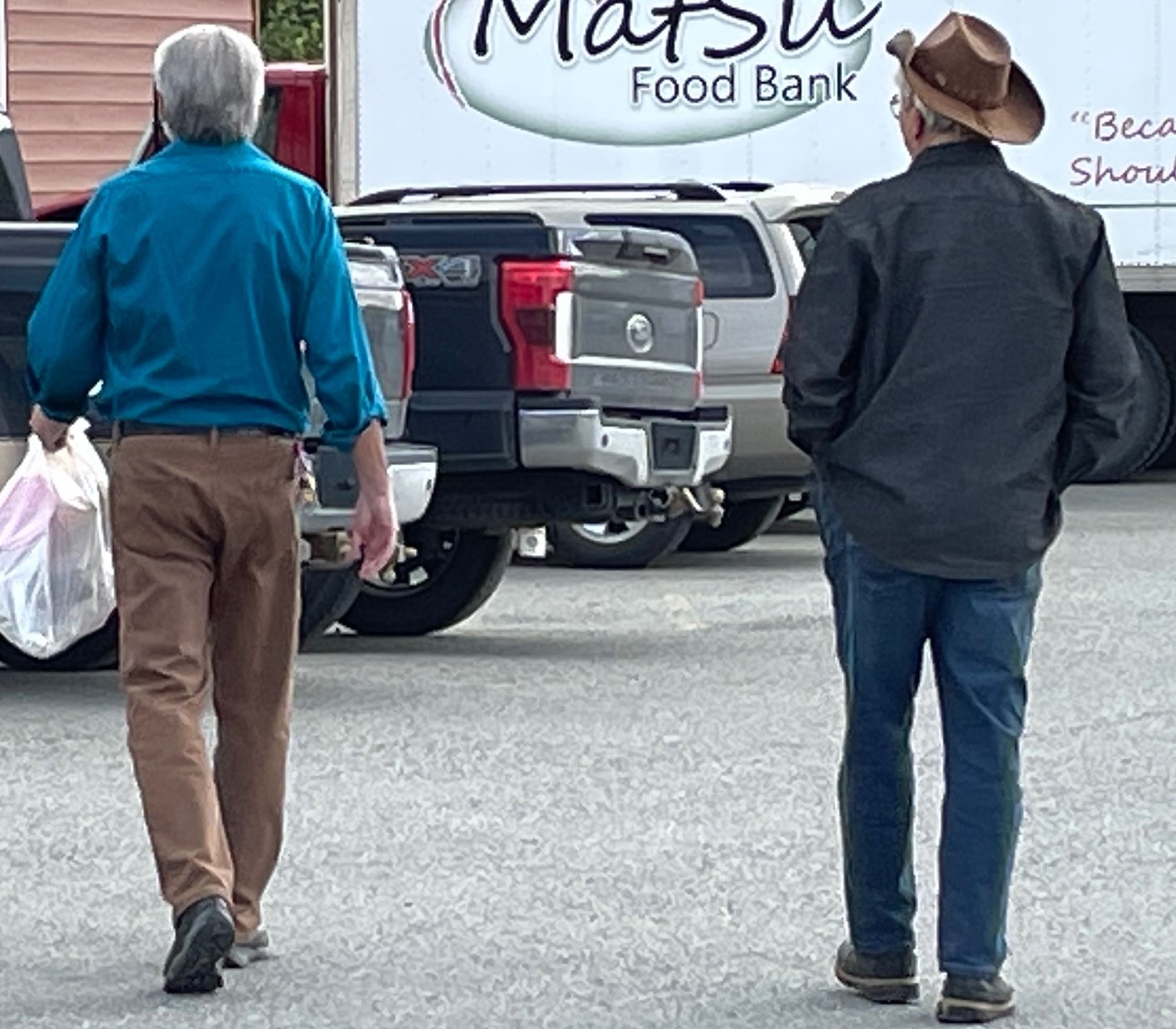 |
| MatSu Food Bank Executive Director, Eddie Ezelle, took me for a tour of the organization’s new facility on Blue Lupine Rd. in Wasilla. |
At any given time there are as many as 18 Food Pantries in the Matanuska Susitna Valley providing nutritious food to local residents, some supplied by the MatSu Food Bank (MFB), according to Eddie Ezelle, Executive Director. The organization is now expanding to a nearly 8,900 sq ft facility on Blue Lupine Rd. in Wasilla. I stopped by there recently to talk with Ezelle about how MFB serves Alaskans in an area as large as the state of West Virginia, or the country of Scotland.
This about doubles our warehouse space. We are in the process of installing a large freezer and cooler in one of the warehouses, explained Ezelle. All of the food from our other warehouse is here and I have been holding off getting more food until we get racks and organize the space.
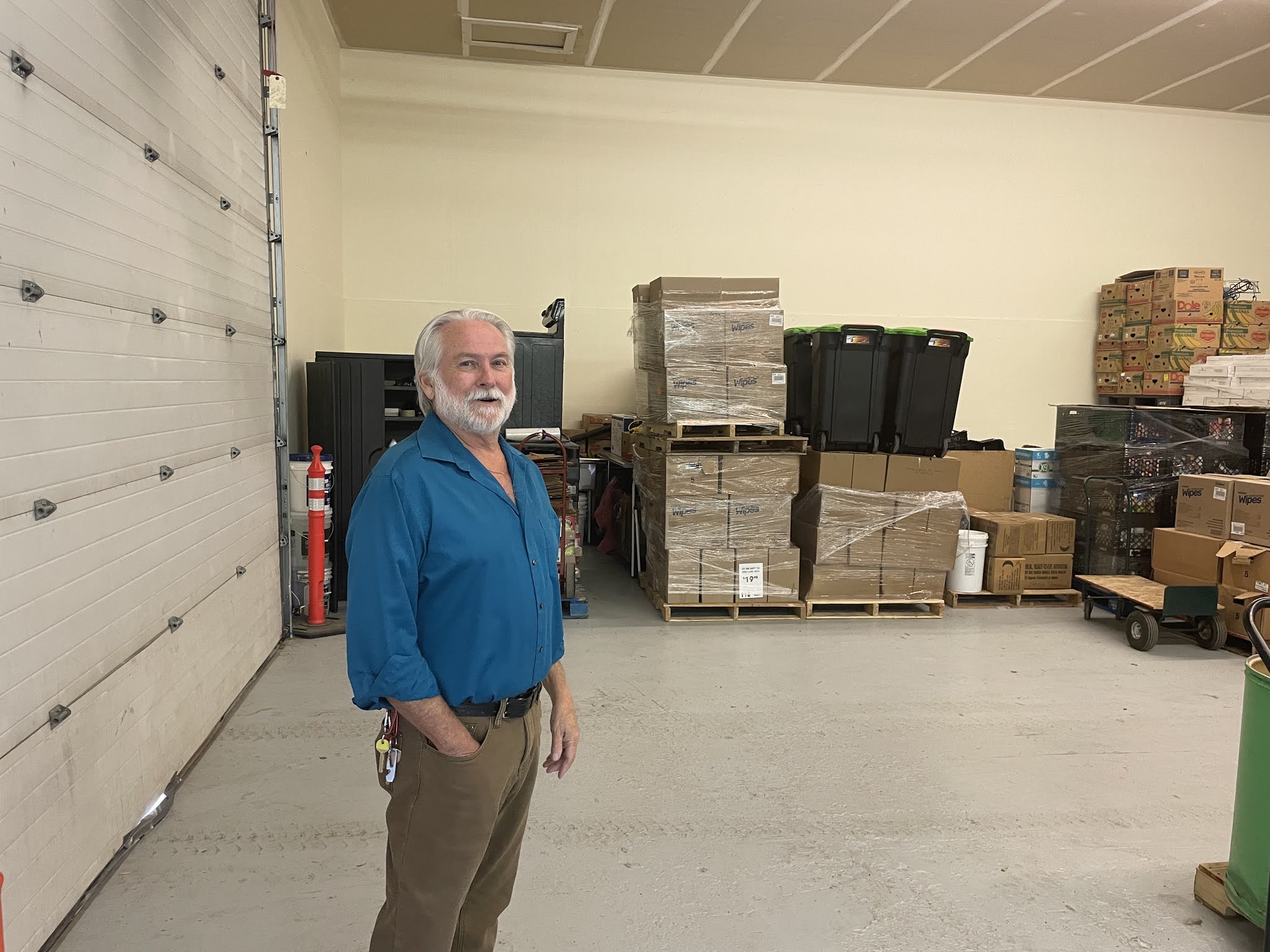
As Executive Director I have a board of directors that I answer to, said Ezelle. I have a full-time office manager who also takes care of the pantry here, a part-time warehouse person who takes care of collecting and
transporting. We are growing and will need to hire some more people. I try to minimize operational costs because I don’t want to spend money that should be going to obtain food.
We have had up to 85 volunteers at one time in the past, said Ezelle. It has been thin here lately–we need volunteers.
Alaskans know summer is the best time for moving but relocating a food bank has other dimensions beyond just packing, transporting and setting up. Ongoing services must continue.
The food is free.
We have only residency restrictions. Anybody in this region can have our food, said Ezelle. We are an emergency supply of food. I encourage people to visit a pantry to see what is available. We aren’t a grocery store. We don’t always have what you need or want because availability depends upon donations. So, stop here and see what we have—gather from what we have—then go to the store for what we don’t have.
The Wasilla Food Pantry will be set up at this location, too.
For instance, I don’t always have milk. Come here to get canned goods, flour or beans, and THEN get what your budget can supply, said Ezelle.
Where does the food come from?
MFB gets food from collections in the community, food drives, from the federal government food assistance program, TEFAP. Ezelle: We help distribute that food. TEFAP is a good base that we supplement with our
other sources of food, canned goods and fresh vegetables we acquire. We also buy some foods such as eggs and butter when we can.
Local farms contribute a lot to available food at MFB. If I had volunteers to go get it the u-pick farms have been very generous, Ezelle continued. Vanderweele Farms supply us with potatoes.[1] They sell potatoes into the marketplace but sometimes the potatoes are too small, or too big, or have cuts from the cultivator, but they are still good. We get carrots from the Butte area. The prison farm out here supplies us with fresh vegetables, too.
A mainstay of MFB is the federal TEFAP program.

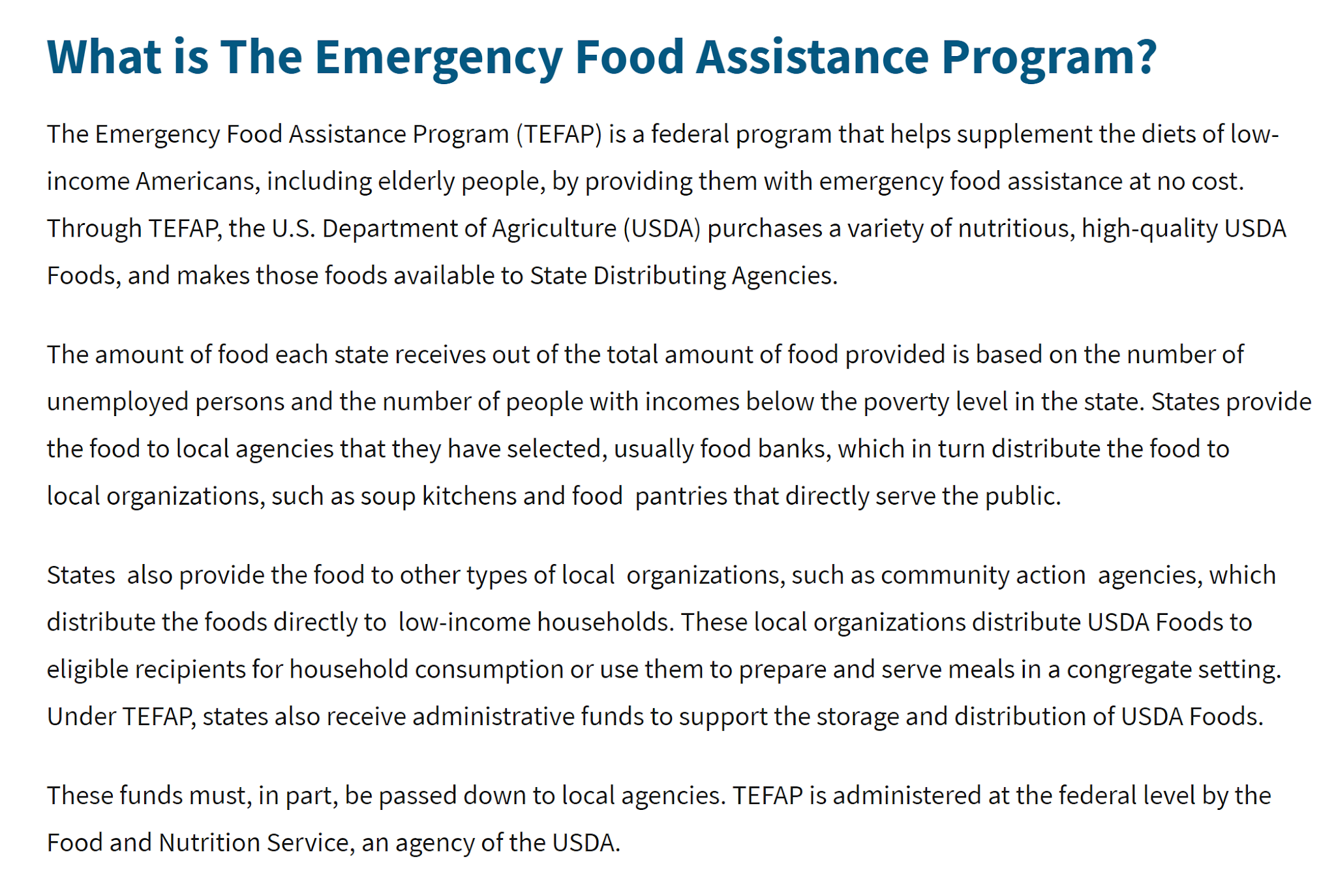
Do you receive a lot of contributions from Mat-Su grocery businesses?
No. Ironically most of that goes to Anchorage, explained Ezelle. The way the system is set up, they come out from Anchorage with trucks, gather it up and take it back there. They have distributions out here on Tuesdays and Thursdays but it’s minimal.
Ezelle continued: I pick up bread at Safeway. Safeway does a big food drive out here, which we are part of, and we get a lot of support that way.
In fact, as of July 14, 2012 the Foodbank of Alaska webpage doesn’t even list MFB among the top foodbanks in the state, and the resources link it leads to a rabbit hole.

People know this is a valuable service in the Valley but they need to also know MFB always needs financial and volunteer support in the region.
All of the food banks in Alaska are not inter-related; they’re all separate. Food Banks of Anchorage, Fairbanks, Kenai, MatSu, Valdez, Southeast and Bethel operate independently. They are all members of Food
Bank of Alaska for statistical purposes for Feeding America.
From the Feeding America website: We recognize that hunger is a complex issue. When people face hunger, they often struggle to meet other basic needs as well — such as housing, employment, and healthcare. That’s why Feeding America is committed to more than providing food for people in need. We also want to make progress toward ending hunger for good. To do this, Feeding America aims to meet people’s needs holistically by partnering with other organizations that address everything from homelessness to health care. Together, we can find the most innovative ways to help the people we serve and achieve a hunger-free America.
Ezelle explained: We can buy food from other food banks, and if we have extra we can share with others, but each is independent in their communities.
How did Covid impact MatSu Food Bank?
Instead of crowds of people in our pantries we have limited to two people at a time, Ezelle explained. Sometimes we would get 10 or more people in the pantry, plus our volunteers. We required masks. The two person policy has worked out because it gives more time to shop and interact with volunteers. It runs smoothly and people like it so we will likely keep that practice.
Also, needs may be beyond food: We had a lady come in one time in her bathrobe and slippers, explained Ezelle. She seemed to be wandering around, lost, and finally one of the volunteers inquired into her status and asked if she needed something besides food? She said: “My house burned down last night and I don’t know where to go.”
Alaska Food Pantries are part of the social safety network.
How did the Wasilla food bank get started?
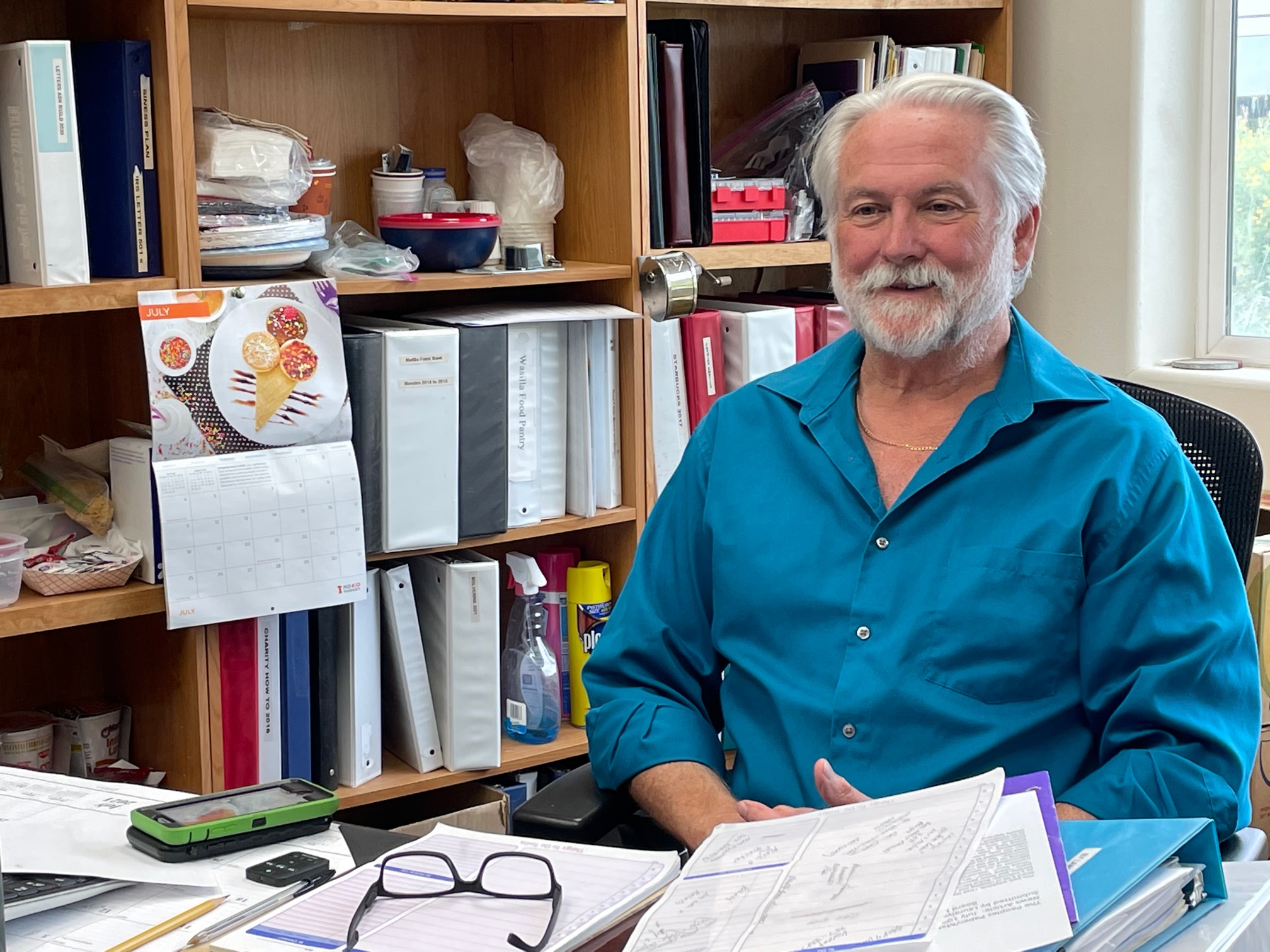
The Wasilla Pantry started at the Good Shepherd Church in 1982 and this is what has grown out of it! He enthused. We later became MatSu Food Bank and we are still here all these 36 years later. They support us today–the pantry and food bank. We are like the children who have gone out on our own with the Food Bank, but we still get a lot of support from them as well as a number of other churches out here. There are 40 miles of mostly wilderness between here and Anchorage. Running to Anchorage from out here is an 80 mile round-trip. Someone here who is hungry and needs food shouldn’t have to run to Anchorage for it.
Ezelle concluded: As a nation we throw away enough food to feed the world. That’s scary when you think about it.
References:
*VanderWeele Farms
Food4Kids
